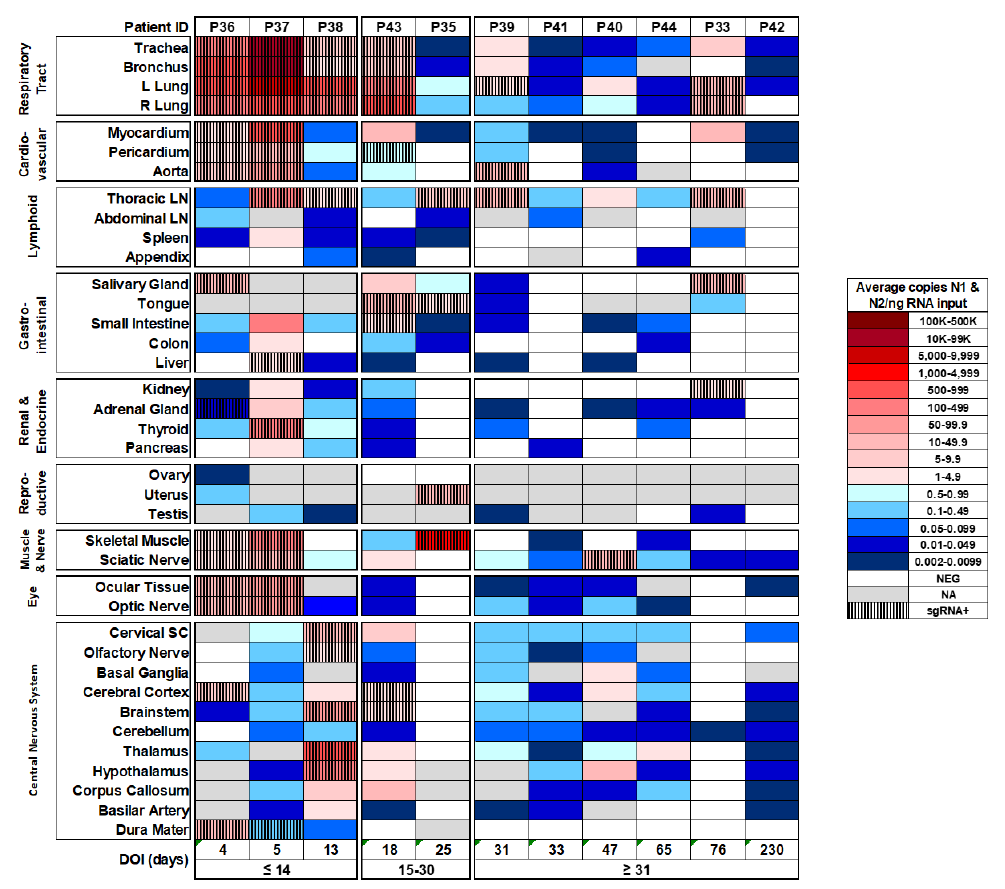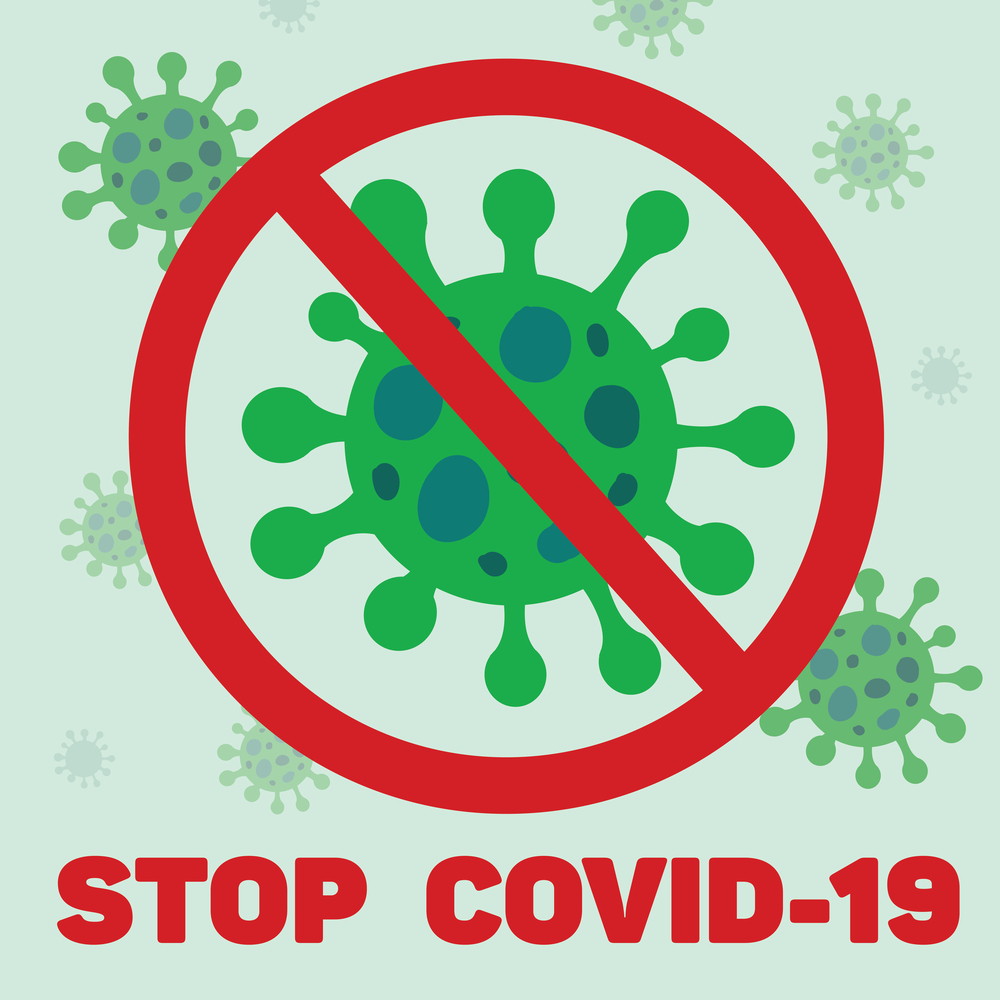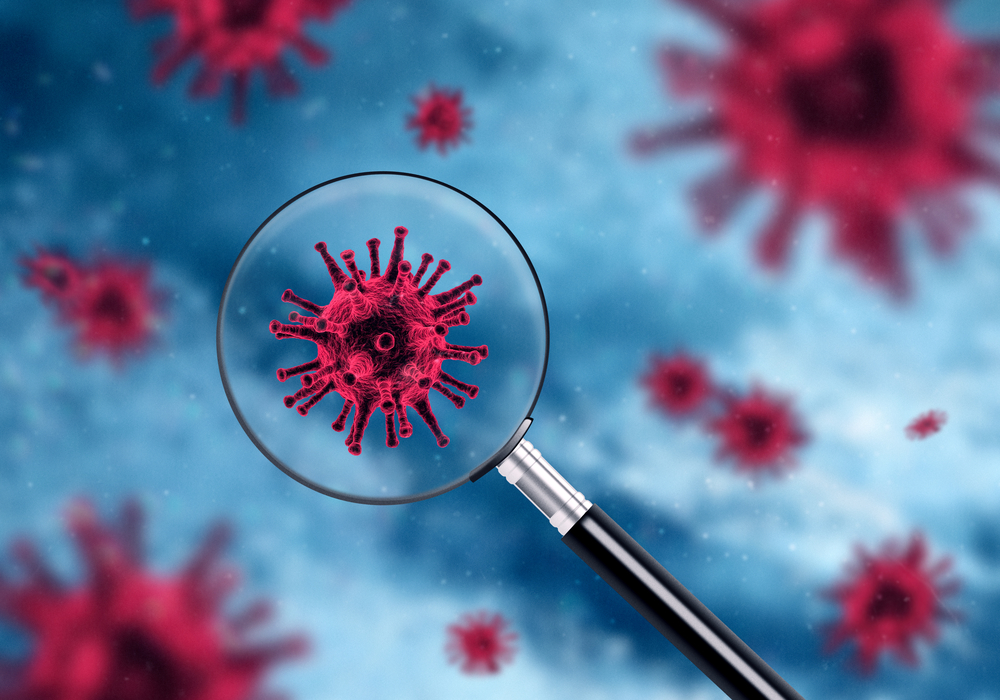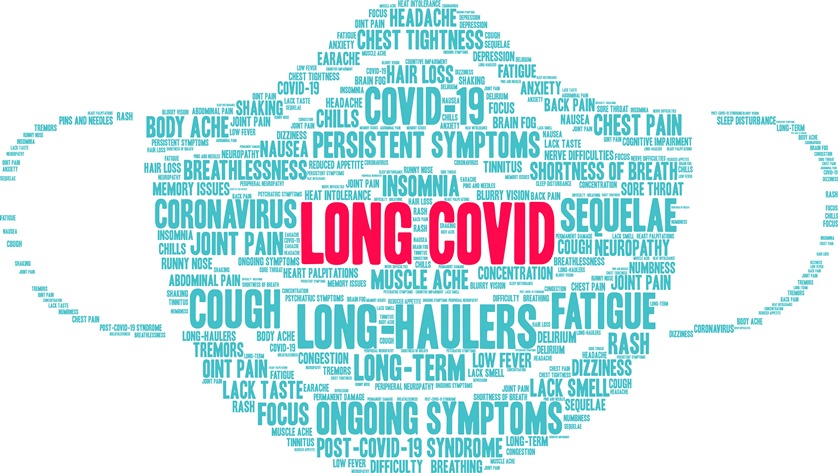SARS-CoV-2 infection and persistence throughout the human body and brain; a pre-peer review article
Infection with severe acute respiratory syndrome coronavirus 2 (SARS-CoV-2), the causative agent of coronavirus disease 2019 (COVID-19), has well described pulmonary and extrapulmonary manifestations1-3, including multiorgan failure and shock among severe and fatal cases. Some survivors experience Post-Acute Sequelae of SARS-CoV-2 (PASC) – also known as Long COVID—with cardiovascular, pulmonary, and neurological manifestations with or […]










